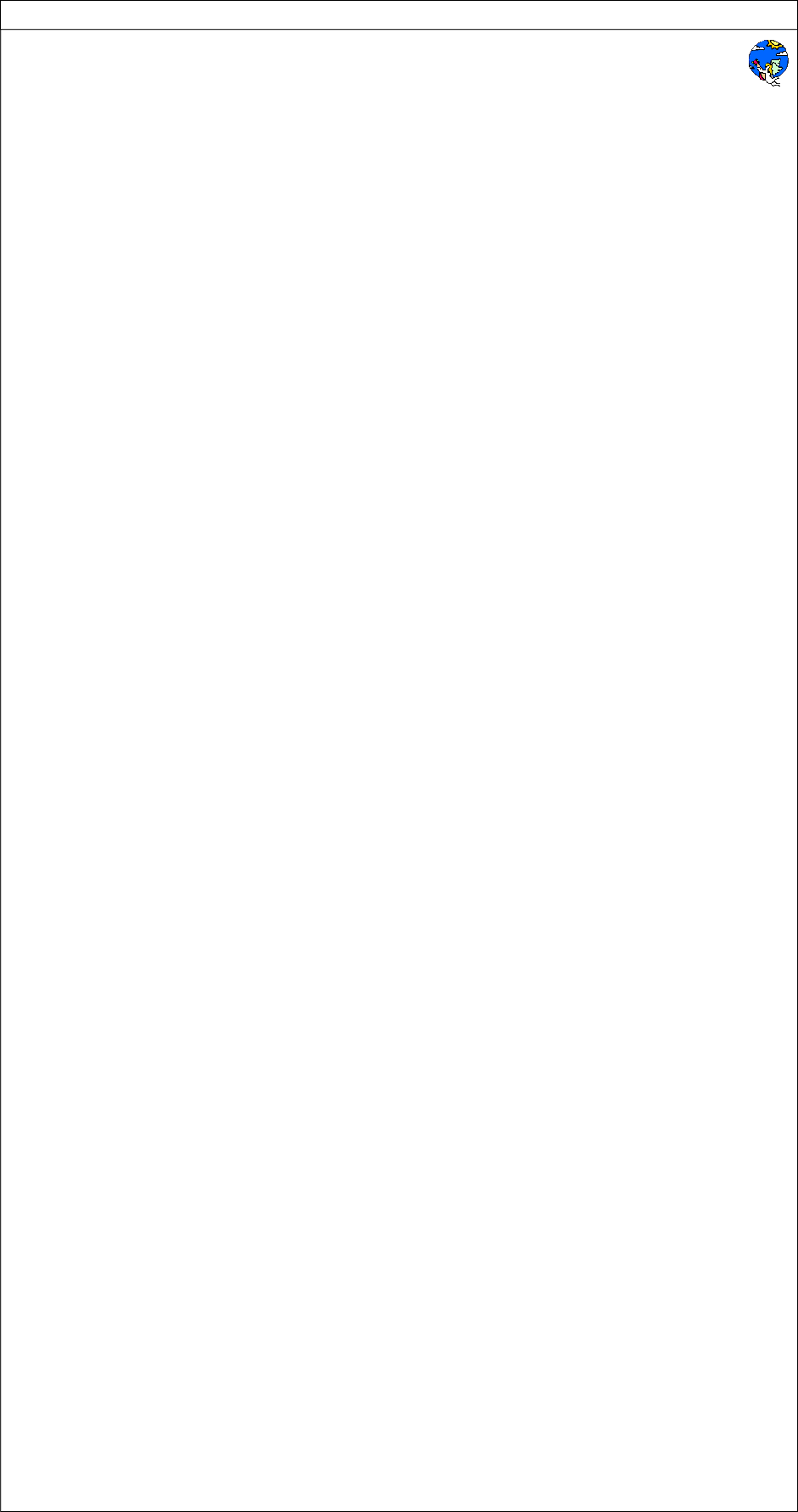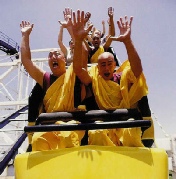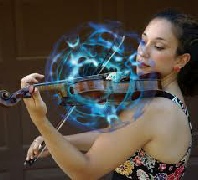





Session Nine: Intentional Use of Specific Instruments, page 3
Electronic Instruments
It used to be not so very long ago, 1960’s, that electronic music was considered the soundtrack of sci-
That is not even including the drum machines and samplers and specialty boxes. In other words, the musician of today, the sound healer, has an almost infinite palette of sound available. No longer is it necessary to have racks full of keyboards or modules or even a room full of acoustic instruments, one just needs a few VST synths like Spectrasonics Omnisphere and anything from the amazing sampled libraries from East West to have more than one could use or program for a lifetime. Sound is sound. And even though the vibrations of the wood are absent, the sound is there. And with amplification as it is, the whole sonic range from 20 Hz to 20kHz is readily available to fill your creations.
Sure there are purists who will only use the actual instruments. But I think that is somewhat short sighted. The inspiration coming through allows musicians open and willing to create sounds never heard before, allowing combinations of instruments to form hybrids, allowing natural sounds to blend with instruments to create unbelievable sonic washes rich in harmonic structure. It is a very fertile time for creating sound. And, as a result, it is a fertile time to use new dimensions of sound to impact the vibrations of the cells to invite us back to wholeness.
Suffice it to say that these are glorious times for creating with such a vast palette of sound available to us. Learning the sounds and textures and capabilities of individual instruments is essential to make your creations powerful. Though sometimes the voice alone is the most potent medium to bring about energetic change. Remember though, combining rhythm, melody, lyric, instruments, and texturing allows for the most frequency span to be covered. And since the harmonic structure of each sound is so potent and present, the healing impact is amplified significantly. Know your tools and expand what is available in your moments of creation. You will be happy that you did.
Session 1 l Session 2 l Session 3 l Session 4 l Session 5 l Session 6 l Session 7 l Session 8 l Session 9 l Session 10 l Session 11 l Session 12
|
Synthesizers |
Workstations:Roland Phantom/Jupiter 80, Yamaha Motif, Korg Kronos Modules: |
All in one units that have huge palette of sound, recording capabilities, sequencer, arpeggiator rhythm, effects, allow you to do most of your creating there. Based on samples and established synthesis techniques. Everything from convincing acoustic samples to hybrid waveforms to create new textures. |
|
Samplers |
Aside from a few hardware ones like Korg Electribe and Roland Rhythm samplers, most are now in software form: Native Instruments Kontakt 5, Steinberg Halion, MOTU Mach Five 3, |
Samplers come with a wide and varied palette of sound, especially orchestral and world samples. You can manufacture your own sounds and sample them to be played back on the keyboard. |
|
Digital Pianos |
Every major manufacture offers various levels and styles of digital pianos that are good enough for most ears. |
Typically with a 76 or 88 key piano feel keyboard, these digital sampled pianos are fairly convincing. Usually contain a small number of additional sounds for layering. If piano is your instrument of choice then these are the most portable alternatives. |
|
VST Instruments |
Spectrtasonics Omnisphere, Arturia Classic Analog synths, Synthogy Pianos, IK Multimedia SampleTrak, Native Instruments Komplete, synths from East West, UVI, Camel, U- |
These are the best investment. If you have the computer power you can find a VST instrument for most hardware synths. The capacity to make pads, atmospheres, environments, ambiances, and so forth makes them indispensable for creating beautiful, evocative, sound healing textures. |
|
Rhythm Machines |
Classics like Linn Drum, Roland TR808, Emulator, Yamaha RX7, Alesis DM5, Zoom 123, Korg Electribe seriesetc. Software Spectrasonics RMX, Toontrax, Drumulator, Slate Drums, |
From simple playback rhythms to huge libraries of MIDI based loops in a wide variety of authentic rhythms for all styles of music from many world cultures. To create rhythms that propel your creations they are indispensable. |
|
Loopers |
Boss RC300, Digitech Jam Man, Line 6 JM4, |
Loopers do just that, take your loop and play it back over and over till you stop it. They are perfect for rhythmic backgrounds over which you chant or sing. The Boss- |
|
DAW |
All in one Recording Workstations: Cubase 7, Pro Tools 10, MOTU Digital Performer, Cakewalk Sonar,Ableton Live, Propellorheads Reason, Reaper, Fl Loops, Logic, |
These allow you to do almost anything in the software realm from recording to sampling to onboard VST instruments and effects to mixing and mastering to CD processing. You would be hard pressed to have a better recording tool than any one of these. Propellorheads and Ableton are live tools as well |
|
Other |
Electronic Tamboura and Tablas, PG Music Band in a Box, Digital portable recorders like Zoom H4, Tascam and Boss recorders as well. Also take into account the many libraries of cinematic loops and samples and textures currently coming to the computer based front; like Sony Acid, Synergy, and so many more |
The highly portable Tamboura and Tablas allow you to take accurate Indian music textures and rhythms wherever you go. Need no amplification. Band in a Box allows you to create convincing arrangements and orchestrations of songs using its huge template section, very professional. Digital recorders are indispensable in being a songwriter sketchpad to record ideas and songs. Consider also the growing revolution of the iPad which allows recording. I am currently using one to hold all my music/lyrics/songsheets/notes/workshop specifics/contact list/calendar/financial information…on and on. |


